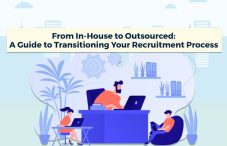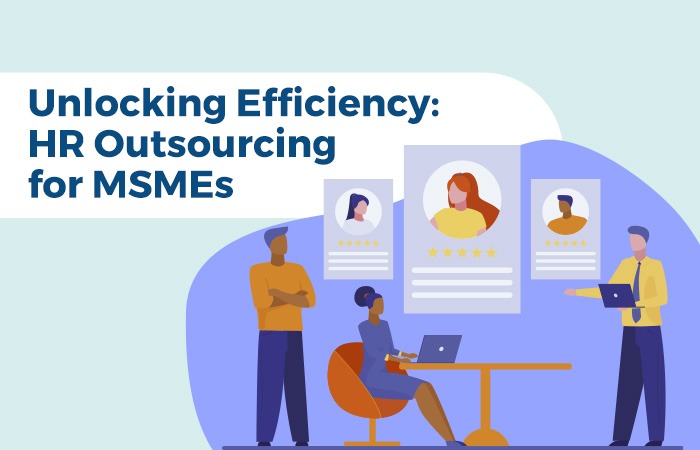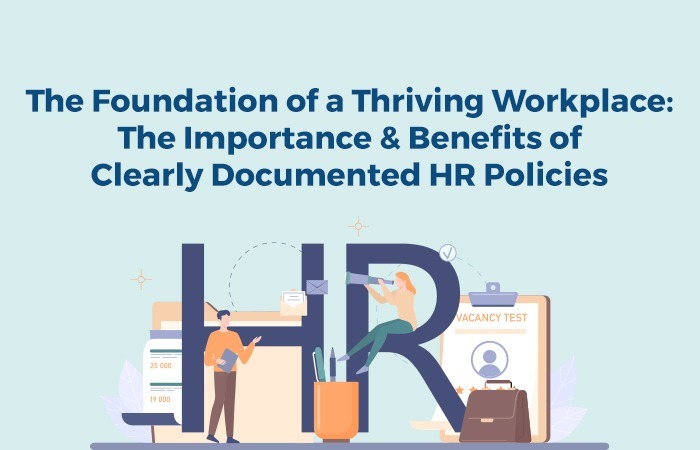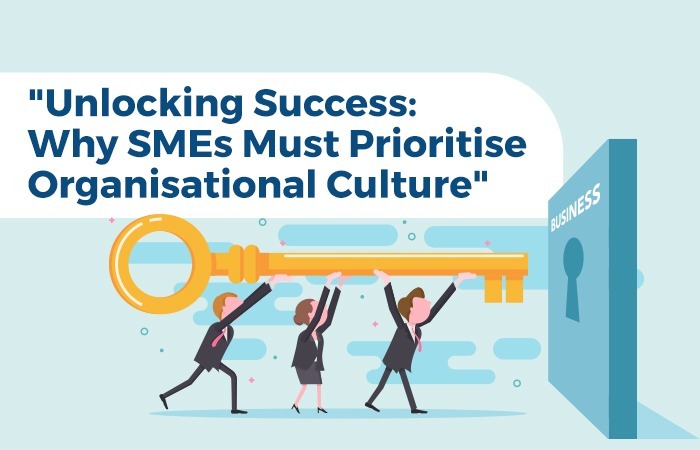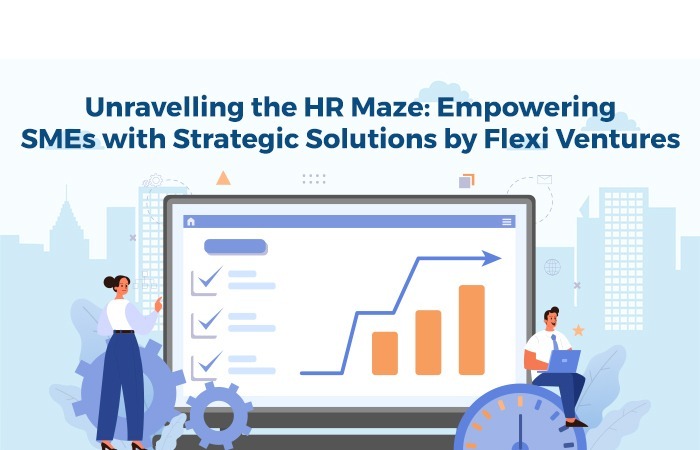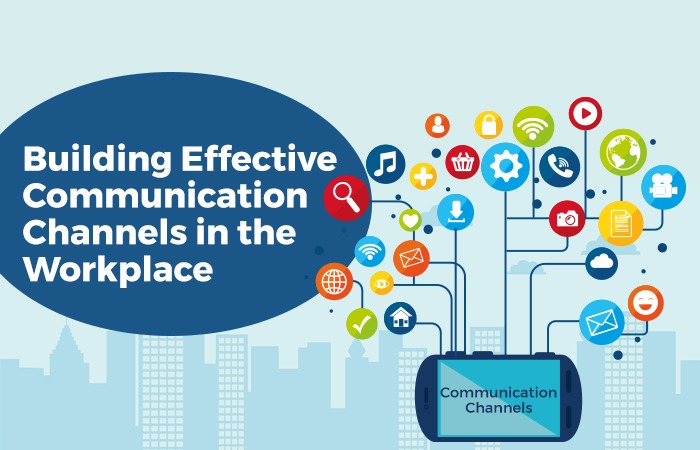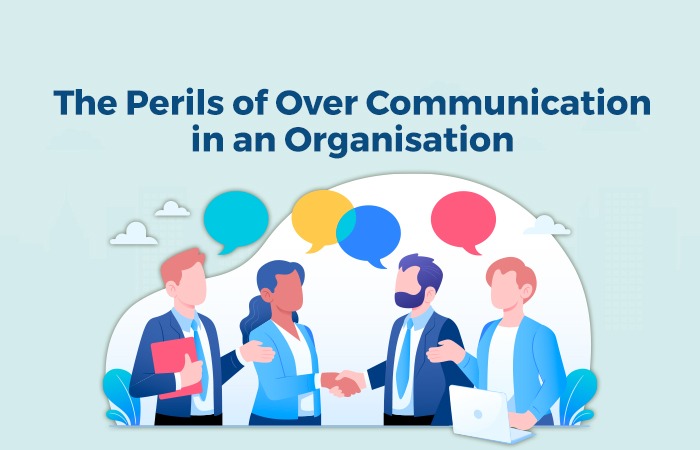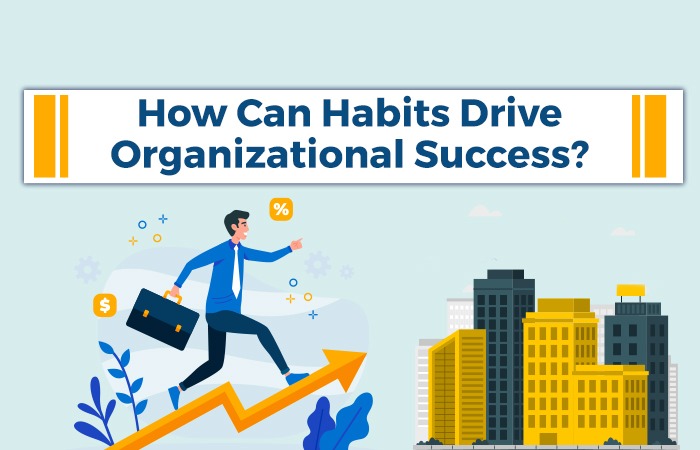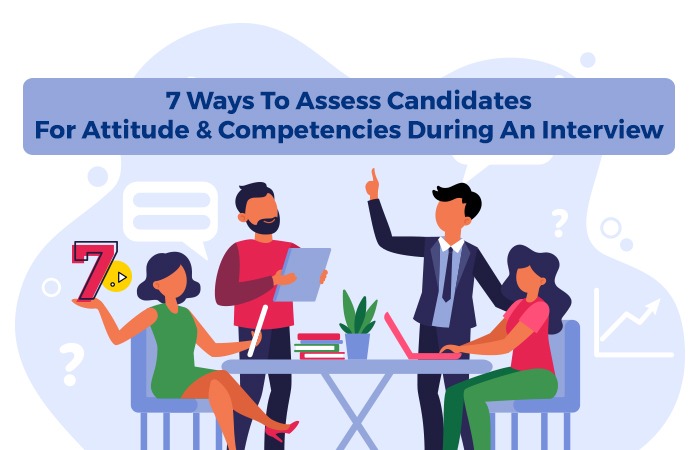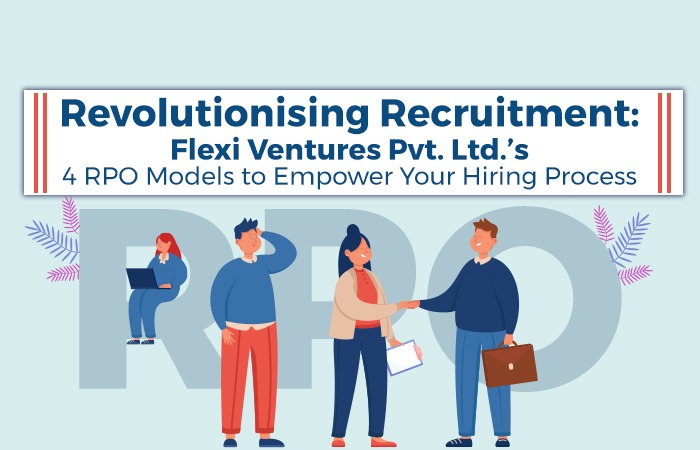As businesses grow and evolve, so do their recruitment needs. Moving from an in-house recruitment process to outsourcing recruitment can be a daunting task, but it can also lead to significant benefits, including cost savings and improved hiring outcomes. In this blog, we’ll provide a guide to transitioning your recruitment process from in-house to outsourced.
A. Assess Your Current Recruitment Process
Before you can begin the transition to outsourced recruitment, you need to assess your current recruitment process. This will help you identify areas for improvement and determine what you need from an outsourcing provider. Some key questions to consider include:
1. How long does it take to fill a position?
2. What is the cost per hire?
3. How effective is our recruitment process in identifying and hiring top talent?
4. What are the biggest challenges we face in recruitment?
5. What level of involvement do we need from an outsourcing provider?
B. Choose the Right Outsourcing Provider
Once you have a clear understanding of your current recruitment process and needs, you can begin the process of selecting an outsourcing provider. When choosing a provider, consider the following factors:
1. Experience: Look for a provider with experience in your industry and recruitment needs.
2. Technology: Consider the technology and tools used by the provider and how they can support your recruitment needs.
3. Service level: Determine the level of involvement you need from the provider, including whether you need a full-service solution or a more limited service offering.
4. Cost: Compare the cost of different providers to determine which offers the best value for your budget.
C. Communicate with Your Internal Team
As you begin the transition to outsourced recruitment, it’s important to communicate with your internal team. This will help to ensure a smooth transition and minimize disruption. Some key steps to take include:
1. Explain the benefits of outsourcing recruitment and how it will impact the internal team.
2. Define new roles and responsibilities for the internal team.
3. Provide training and support for the internal team as needed.
4. Encourage open communication and feedback from the internal team throughout the transition process.
D. Establish Clear Processes and Expectations
To ensure a successful transition to outsourced recruitment, it’s important to establish clear processes and expectations with the outsourcing provider. This can include:
1. Setting clear goals and objectives for recruitment outcomes.
2. Defining the recruitment process and timeline.
3. Establishing communication channels and expectations for updates and feedback.
4. Identifying any potential challenges and developing contingency plans.
5. Monitoring progress and making adjustments as needed.
Transitioning from an in-house recruitment process to outsourcing recruitment can be a complex process, but with the right planning and communication, it can lead to significant benefits for your business. By assessing your current recruitment process, choosing the right outsourcing provider, communicating with your internal team, and establishing clear processes and expectations, you can successfully transition to outsourced recruitment and improve your hiring outcomes.

